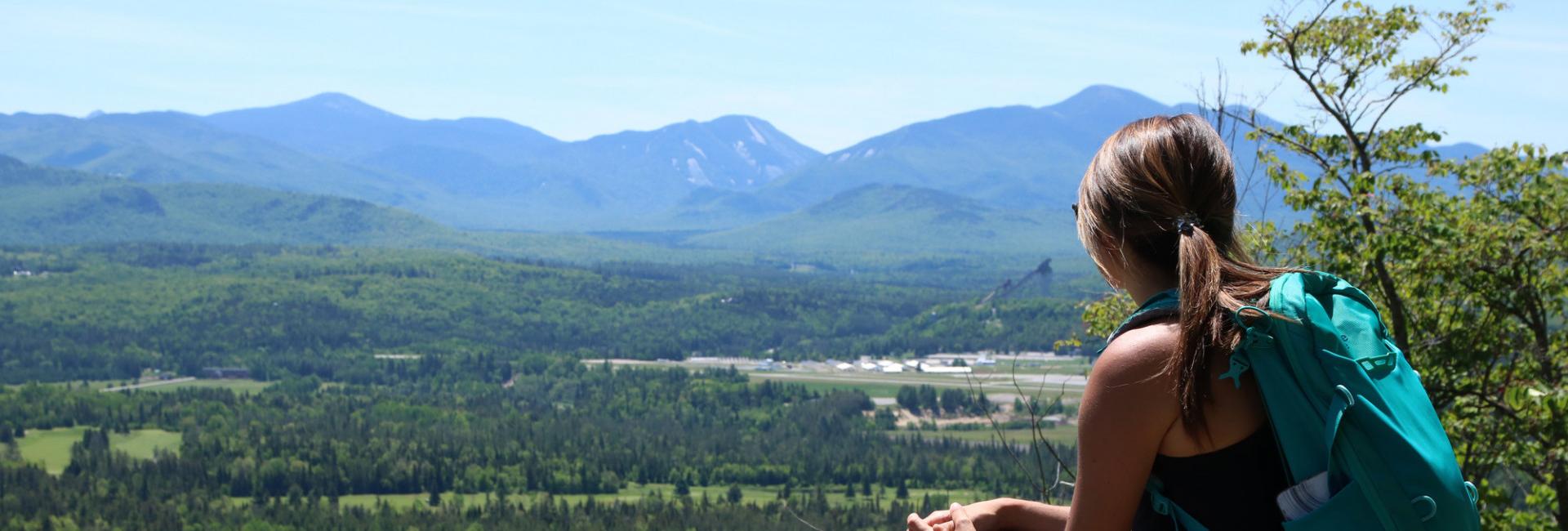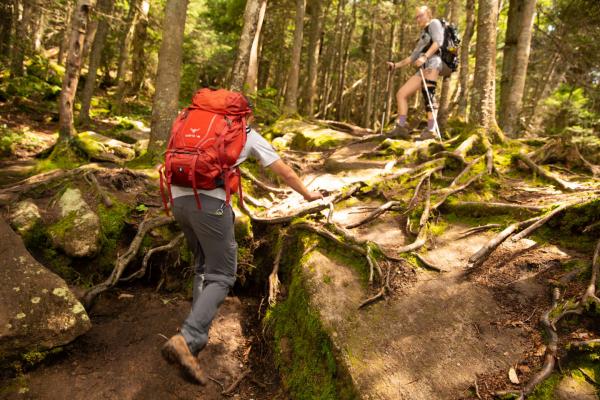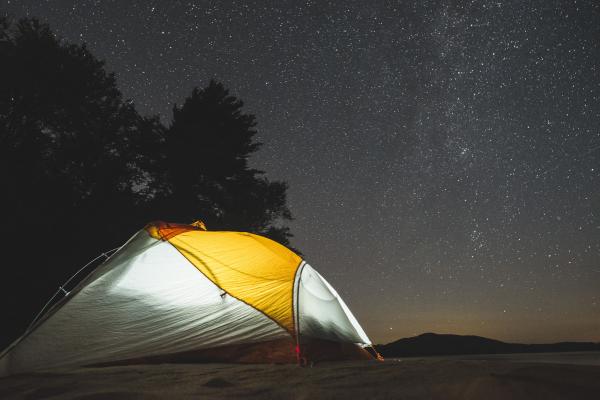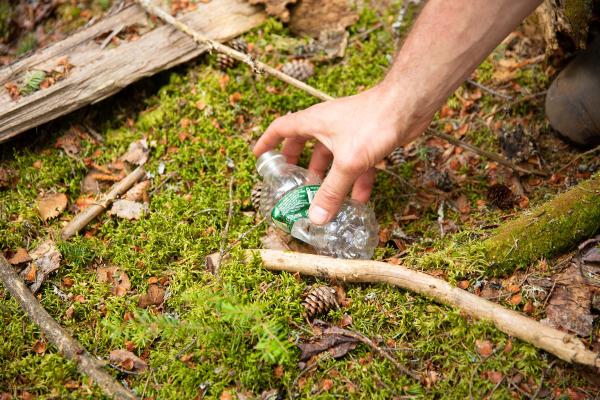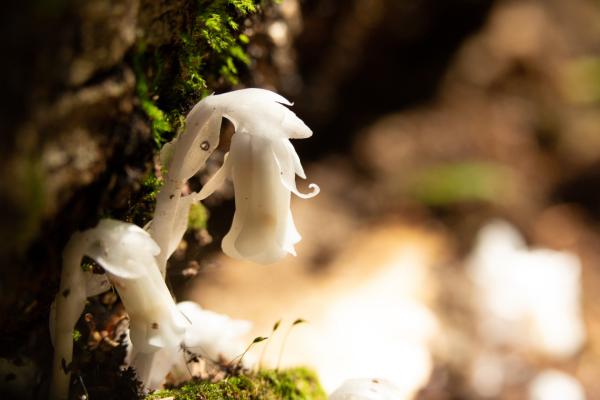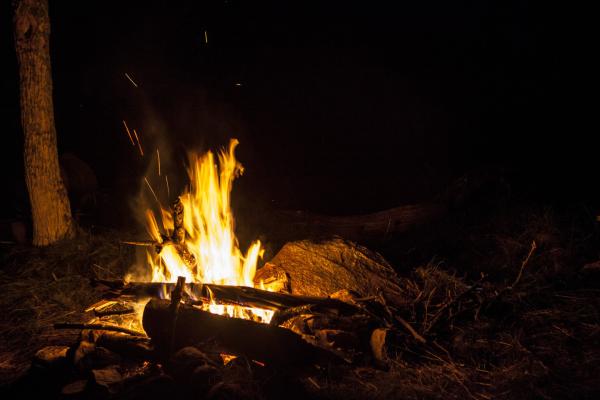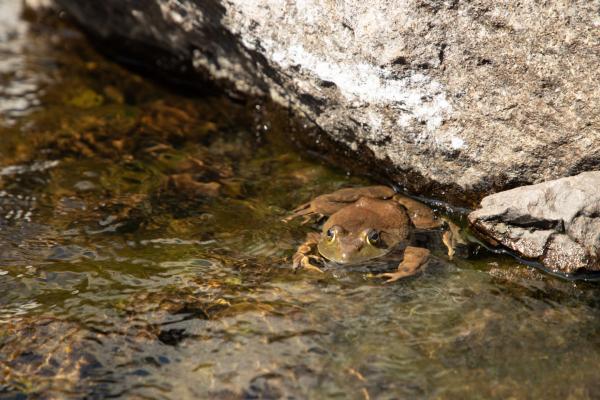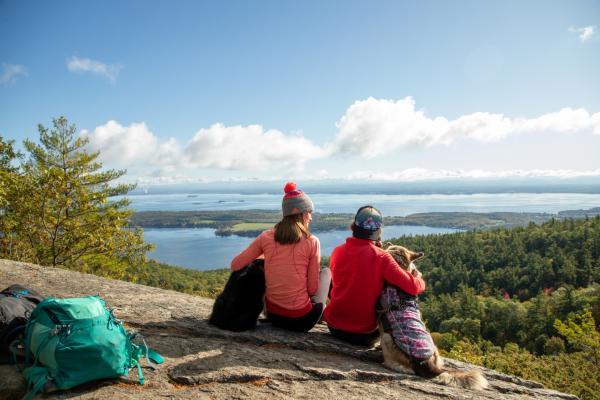You're getting ready to head out into the great outdoors. How much do you really know about the seven principles of Leave No Trace? For the city explorer or beginner hiker, your response to that question might be, “what’s Leave No Trace?”
The seven principles help you avoid fines or even injuries. Most importantly, it helps protect the wilderness from overuse and damage. It’s important to remember that exploring isn’t just for cool photos for “the Gram.” Take it from this former NYCer – you don’t want to mess this up. This place is precious, so let's protect it together.
Let’s get started! The Leave No Trace Seven Principles are:

